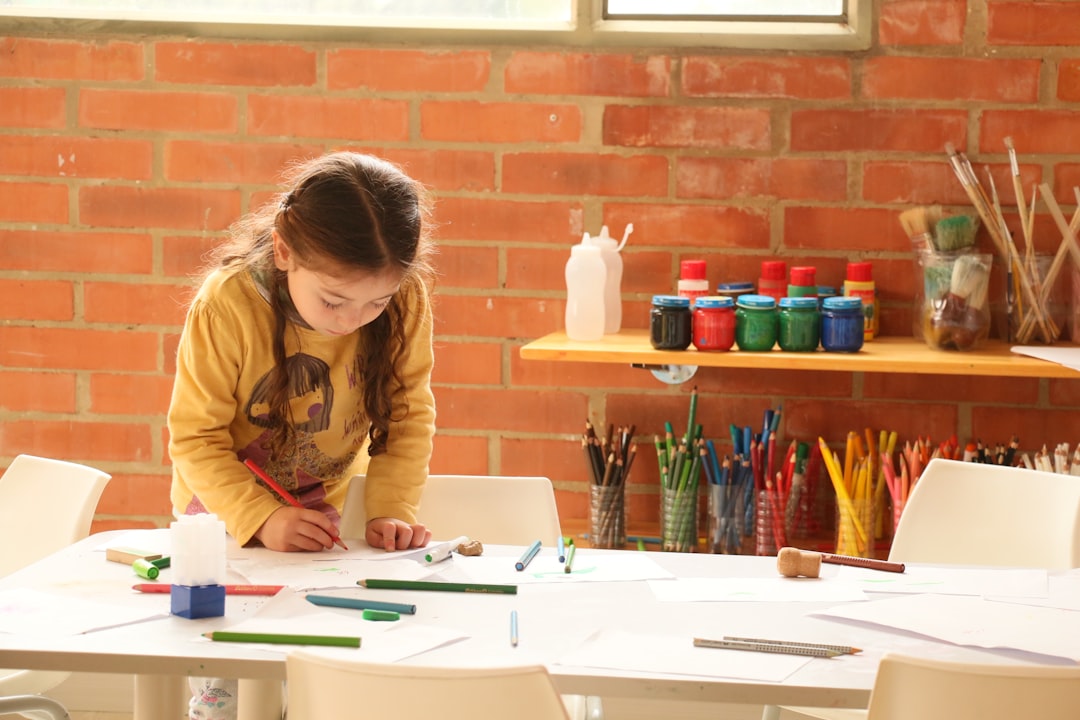Nurturing Creativity: Encouraging Originality in Students
Creativity is the driving force behind innovation and progress in society. It allows us to think outside the box, problem solve, and come up with new and unique ideas. As educators, it is our responsibility to encourage and nurture this creativity in our students, helping them develop their unique abilities and potential.
One of the first steps in nurturing creativity is creating an environment that supports and fosters originality. This means allowing for open-ended assignments and projects that encourage students to think creatively and explore different possibilities. By giving students the freedom to choose their own topics or approach a problem from various angles, we are empowering them to think critically and develop their own ideas.
Furthermore, it is important to provide students with the necessary tools and resources to express their creativity. This can include access to art supplies, technology, books, and other materials that inspire and facilitate the creative process. By investing in these resources, we are showing students that their creativity is valued and that we believe in their ability to think and create on their own.
Another crucial aspect of nurturing creativity is building a supportive and inclusive classroom environment. Students should feel safe and encouraged to share their ideas, no matter how unconventional or different they may be. By promoting a culture of acceptance and respect for diverse perspectives, we are fostering an environment where creativity can thrive. This includes providing constructive feedback and celebrating each student’s unique contributions.
Furthermore, it is important to provide opportunities for students to collaborate and learn from one another. Group projects and discussions encourage students to share their ideas, learn from different perspectives, and collaborate to come up with innovative solutions. By creating a culture of collaboration, we are encouraging students to tap into their creativity and learn from their peers.
Teachers also play a critical role in nurturing creativity. It is important for educators to provide guidance and mentorship to students, helping them develop their creative skills and discover their passions. This can be done through individualized instruction, one-on-one feedback, and encouraging exploration and experimentation. By providing guidance and support, teachers can help students overcome obstacles and provide the necessary tools to unleash their creative potential.
Fostering creativity also requires encouraging students to take risks and embrace failure. Creativity often involves trial and error, and students need to feel safe to experiment, make mistakes, and learn from them. By reframing failure as a learning opportunity, we can help students develop resilience and develop their creative problem-solving skills.
Lastly, it is important to evaluate and recognize creativity in students. Standardized tests and grades often focus on rote memorization and regurgitation of information, which can stifle creativity. By implementing alternative assessment methods that value and measure creativity, such as portfolios, presentations, and projects, we can encourage students to showcase their unique abilities and talents.
In conclusion, nurturing creativity in students is essential for their personal and academic development. By creating an environment that supports originality, providing necessary resources, building a supportive classroom culture, and offering guidance and mentorship, we can empower students to develop their creative potential. Encouraging collaboration, embracing failure, and implementing alternative assessment methods are also crucial in nurturing creativity. By investing in creativity, we are investing in the future of our students and society as a whole.








